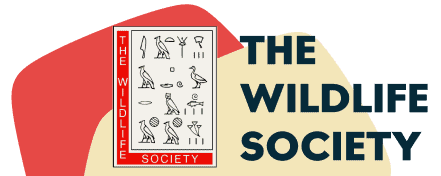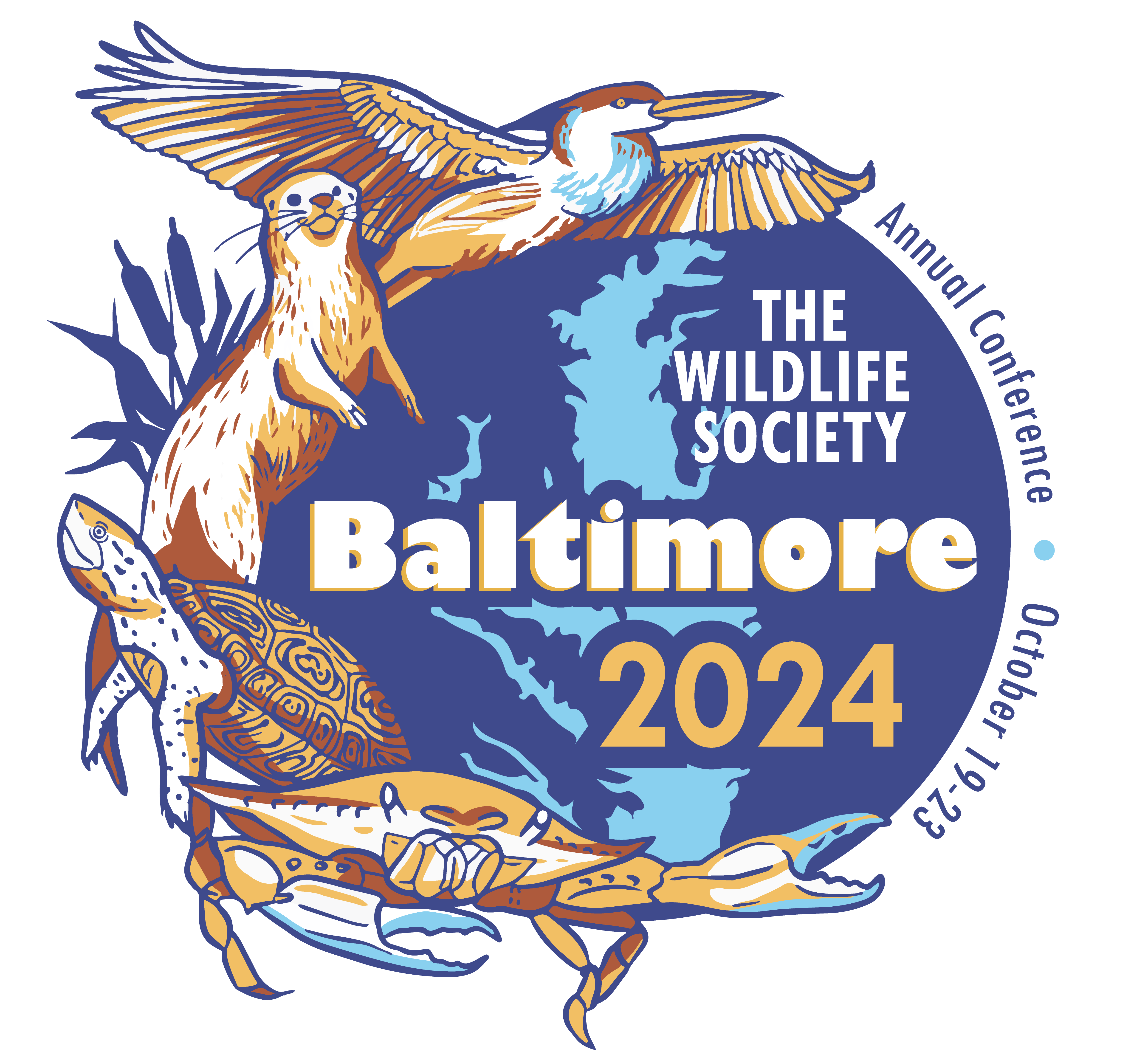- News
-
-
-
-
-
Latest News Articles
- WSB: Study tests accuracy of thermal drone surveys April 26, 2024
- Computer model explores Tribal use of fire for ecosystem health April 26, 2024
- 2024 TWS Elections: Southwest Representative April 25, 2024
-
-
-
- Wildlife Professional Resources
-
- Our Network
-
- PUBLICATIONS
-
-
Recent Posts
-
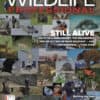 The Wildlife Professional November/December Issue
November 1, 2023
The Wildlife Professional November/December Issue
November 1, 2023
-
-
-
-
-
-
- Wildlife Events
-
-
-
Upcoming Webinars
- No Events
-
-
-
- Who We Are
-
Tag: fungal disease
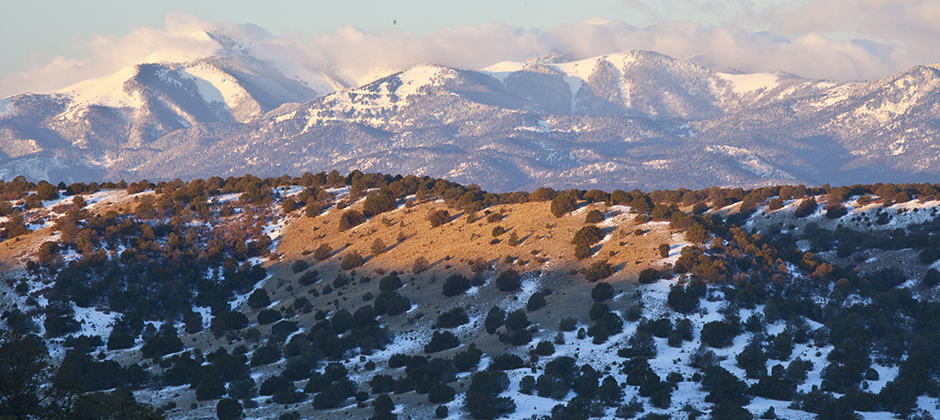
May 10, 2021
Fungus that causes white-nose syndrome found on bats in N.M.
Bureau of Land Management biologists have detected the fungus that causes white-nose syndrome on hibernating bats and cave walls in two eastern New Mexico caves. The detections are the first...
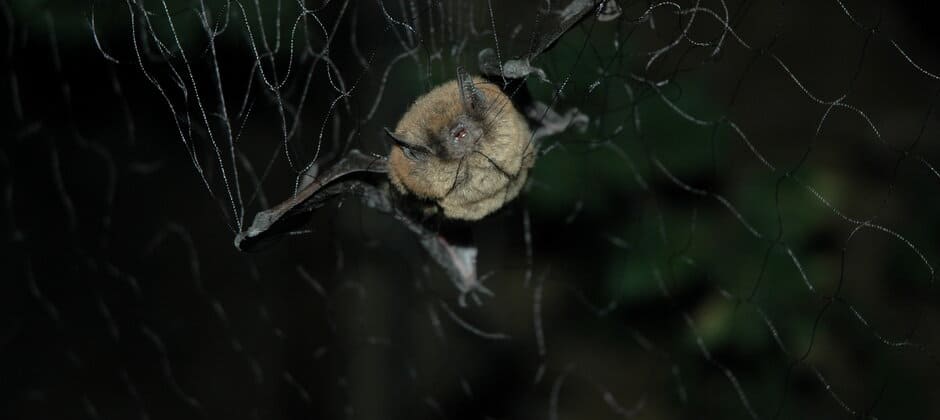
April 30, 2021
Colorado bat swarms may be vulnerable to white-nose syndrome
As humans continue to social distance to stop the spread of COVID-19, swarms of bats in Colorado haven’t taken the hint that gathering together could facilitate the spread of a...
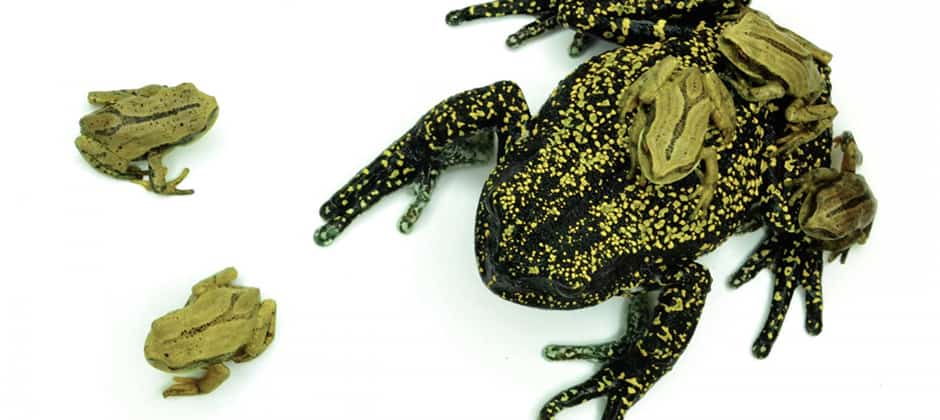
March 29, 2019
Fungal disease has impacted over 500 amphibian species
An international study has found that a fungal disease among amphibians is responsible for the greatest loss of biodiversity attributable to a disease ever recorded. Researchers found the chytrid fungus...

February 21, 2019
Researchers prepare for white-nose syndrome’s spread
A recent New York Times article chronicled biologists’ efforts to combat white-nose syndrome as it spreads toward bats in the West. The article followed researchers in an abandoned mine in...
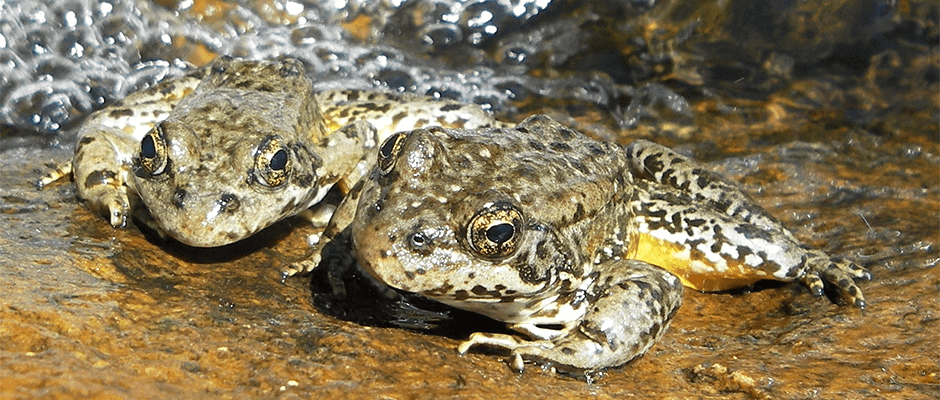
December 3, 2018
After decades of decline, could Sierra’s frogs recover?
For decades, the story of the Sierra Nevada yellow-legged frog (Rana sierrae) has been a bleak one. Once abundant in lakes and ponds in and around Yosemite National Park, the...
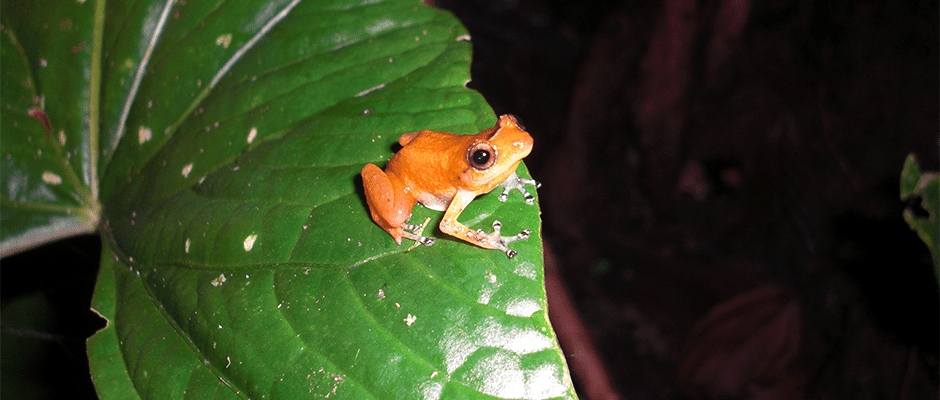
October 3, 2018
Frogs find a way to coexist with deadly fungus
After frog populations in Panama were decimated by a 2004 chytrid fungus outbreak, the species that survived have developed the ability to coexist with the fungus, according to recent research....

June 29, 2018
White-nose fungus found in South Dakota
The fungus that causes white-nose syndrome has turned up for the first time in South Dakota. The National Park Service reports that the fungus Pseudogymnoascus destructans was found on five...
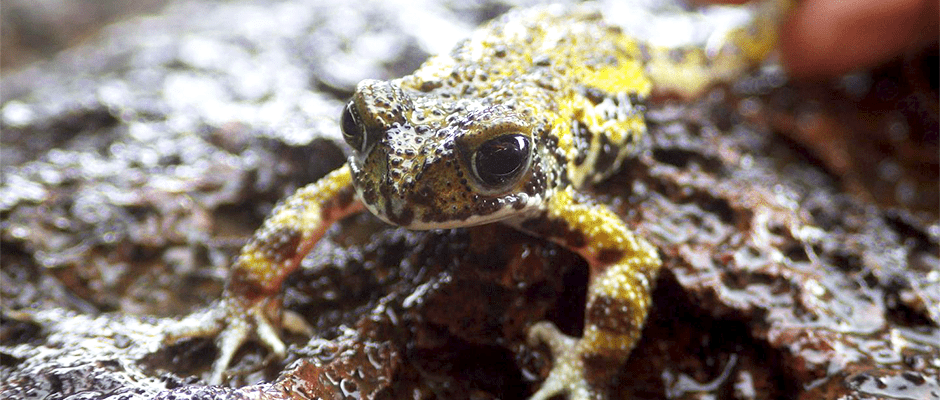
June 14, 2018
Deadly fungus reaches endangered frogs and toads in India
The fungal pathogen behind the extinction of entire species of South American amphibians has been detected for the first time in endangered frogs and toads in India. In a study...

May 9, 2018
Site visit insights: Zoo partnership tackles chytrid
Site visits are critical to helping scientists learn more about species and their habitats. The trips often take them into areas most people do not have a chance to explore,...
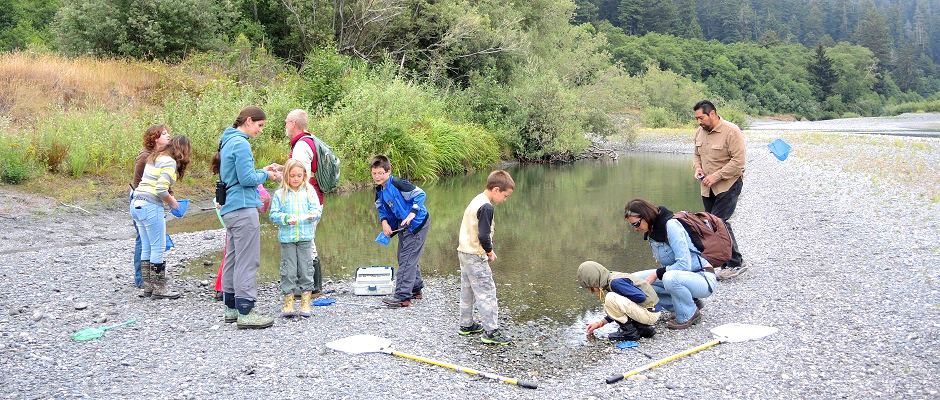
September 2, 2016
Kids document diseased amphibians in California
Young citizen scientists aged 4 to 16 have discovered that many frogs and toads on California’s northern coast are infected with the deadly chytrid fungus (Batrachochytrium dendrobatidis). Seventeen percent of...
